The worst naval disaster in the history of Australia had been, for decades, shrouded in something of a mystery. The light cruiser HMAS Sydney had been a high profile warship, but not only because she was modern, sleek, and bore the name of a major city—the capital of New South Wales. The Sydney was British-built, and the opposition to the ruling party in Australia at once decried the purchase from Britain rather than constructing a naval vessel at home.
Nevertheless, the Sydney was commissioned on September 24, 1935, and her complement of 645 officers and sailors took great pride in their assignment. With the outbreak of World War II, the cruiser participated in minor engagements and convoy duty in the Mediterranean Sea prior to returning to Australia for refit and assignment to convoy duty in the Indian Ocean.
On November 19, 1941, off the coast of Western Australia, Sydney encountered what appeared to be a merchantman sailing alone. When the cruiser hailed the vessel requesting identification, the reply came that it was the Dutch freighter Straat Malakka. However, no ship by that name was thought to be in the vicinity. In actuality, the vessel was the disguised German surface raider Kormoran. A cat and mouse exchange ensued, and finally when the Germans realized that the game was over, they opened fire on the Australian warship with devastating results.
One report stated, “Sydney obviously thought the ship was friendly and was taken by surprise when, after she asked what she believed to be [a friendly ship] to give her secret call sign, the response was a number of salvos that destroyed Sydney’s bridge and amidships superstructure and a torpedo strike that crippled the ship and her forward guns.”
Apparently, the Sydney had closed to within 1,000 yards of the raider, and the Kormoran’s 5.9-inch guns were fired accurately. Grievously wounded, Sydney nevertheless inflicted serious damage on the Kormoran, and both were in dire straits. Down by the bow and with several fires raging, the Australian cruiser distanced itself from its adversary, steering to the southeast. During the night, the stricken warship sank with all hands. The crew of Kormoran was unable to extinguish multiple fires below decks and eventually abandoned the ship, which was scuttled around midnight.
Sydney’s commander, Captain Joseph Burnett, has been criticized for his handling of the ship during the encounter and for surrendering the tactical advantages of speed and firepower by approaching an unidentified vessel too closely. However, it is impossible to determine exactly what the circumstances were at the time.
The report noted, “It can never be known what matters were, in fact, operating in Capt. Burnett’s mind when he decided to take the Sydney to the position described. Nor can it be known what advice, if any, he sought or was given by other officers on the bridge.”
Considering that all 645 crewmen aboard the Sydney perished while 320 of the Kormoran complement of 400 sailors survived, the eyewitness accounts of the engagement provided by the Germans were met with skepticism. The Australian government conducted a search when the Sydney failed to return to Fremantle, and the news of the sinking was not made public for 11 days, giving rise to a number of vague theories as to the fate of the vessel. Some surmised that a Japanese submarine had torpedoed the ship and machine-gunned the crewmen in the water.
When the wreckage of both ships was discovered in March 2008, it was noted that Sydney’s bow had separated from the rest of the vessel, while the hull was resting upright on the ocean floor about 128 miles off the Australian coast. The controversy over what really happened was renewed, and an Australian government commission was formed weeks later to evaluate all evidence. Its conclusion supported the statements made by the Germans years earlier. The Australian cruiser had been observed as daylight faded, fires raging and barely under control. When the Sydney disappeared over the horizon, the Germans saw the glow of the fires as late as 10 pm. From that, they concluded that the ship had sunk sometime afterward.
Air Chief Marshal Angus Houston, commander of the Australian Defence Force, stated, “For a long time our nation has struggled to understand how our greatest maritime disaster occurred. The unanswered questions have haunted the families of those brave sailors and airmen who never came home.”
The case of the cruiser HMAS Sydney is closed. For some, the mystery of the fate of their loved ones has been put to rest. However, many more stories of the missing from World War II remain to be solved. Soldiers, sailors, and airmen from many nations lie in undiscovered graves around the globe.
Michael E. Haskew
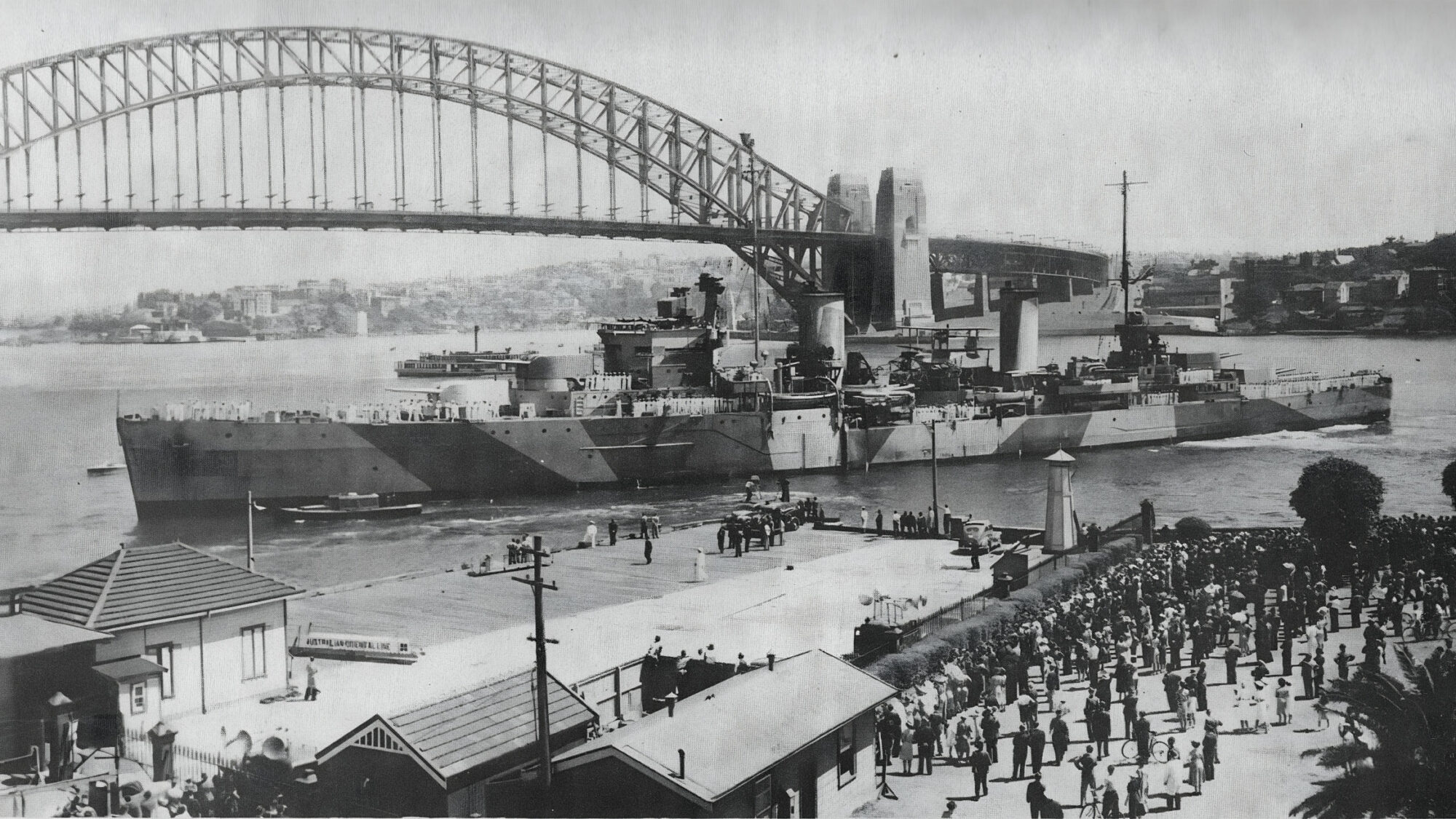
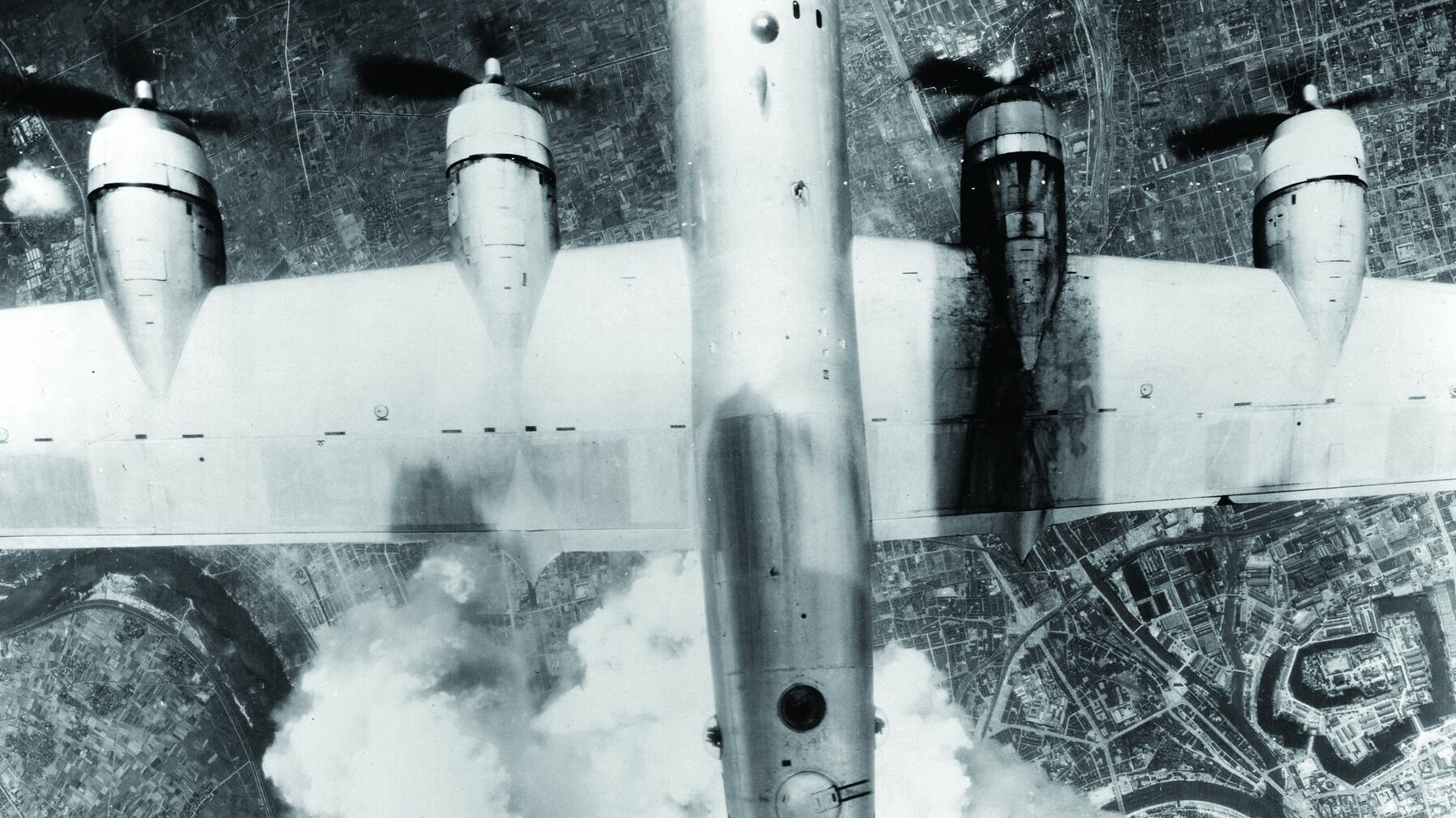
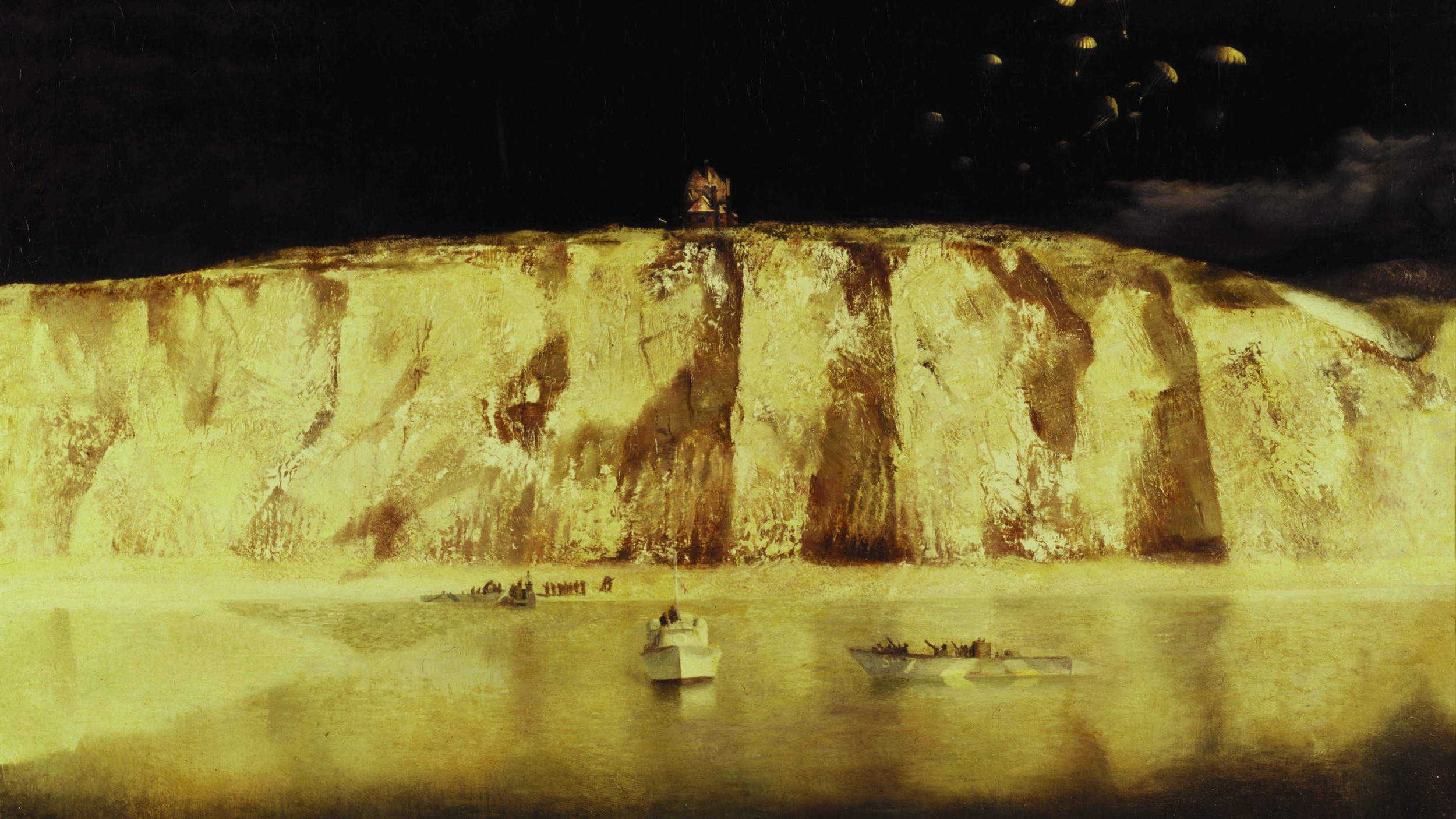
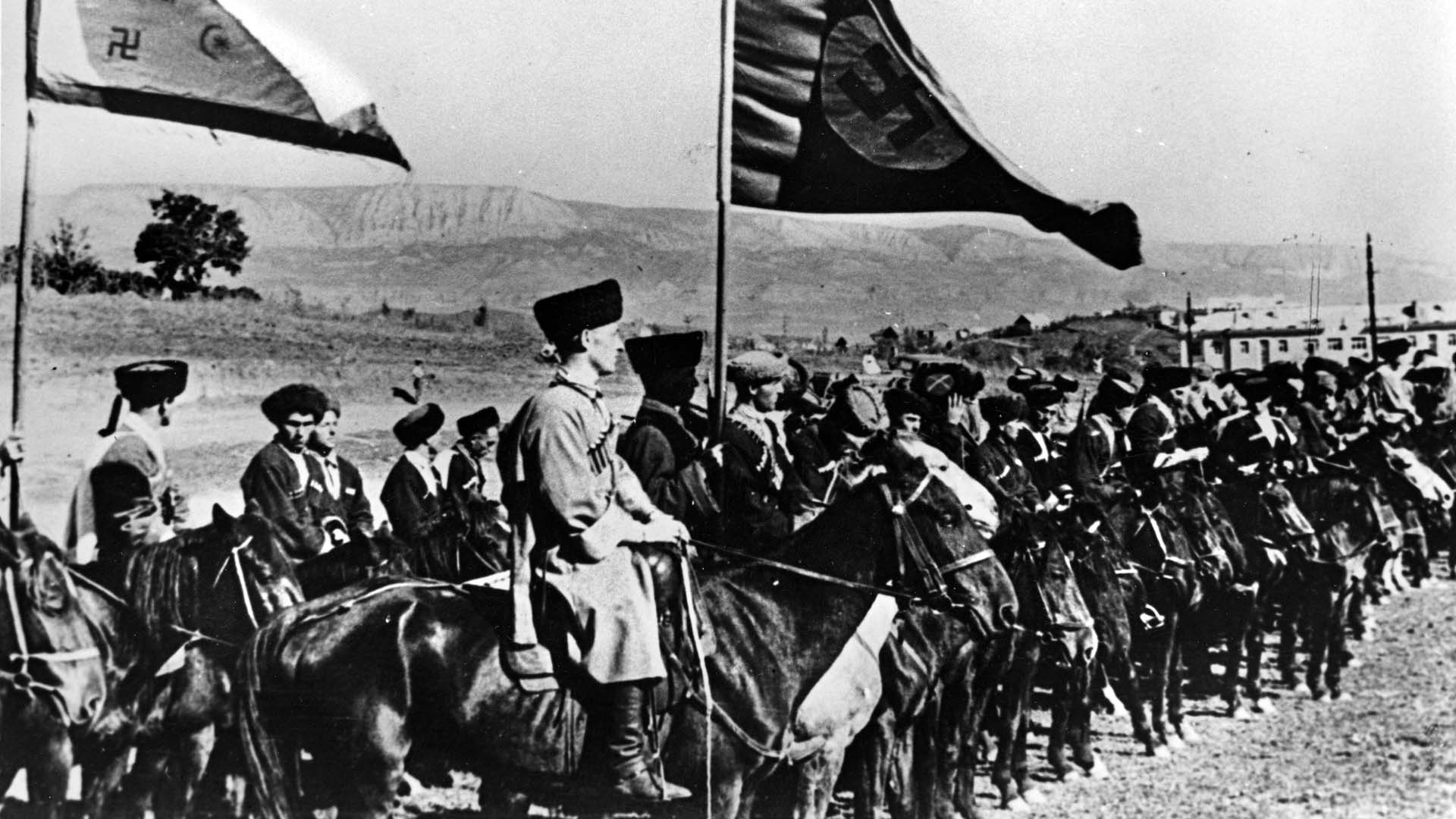
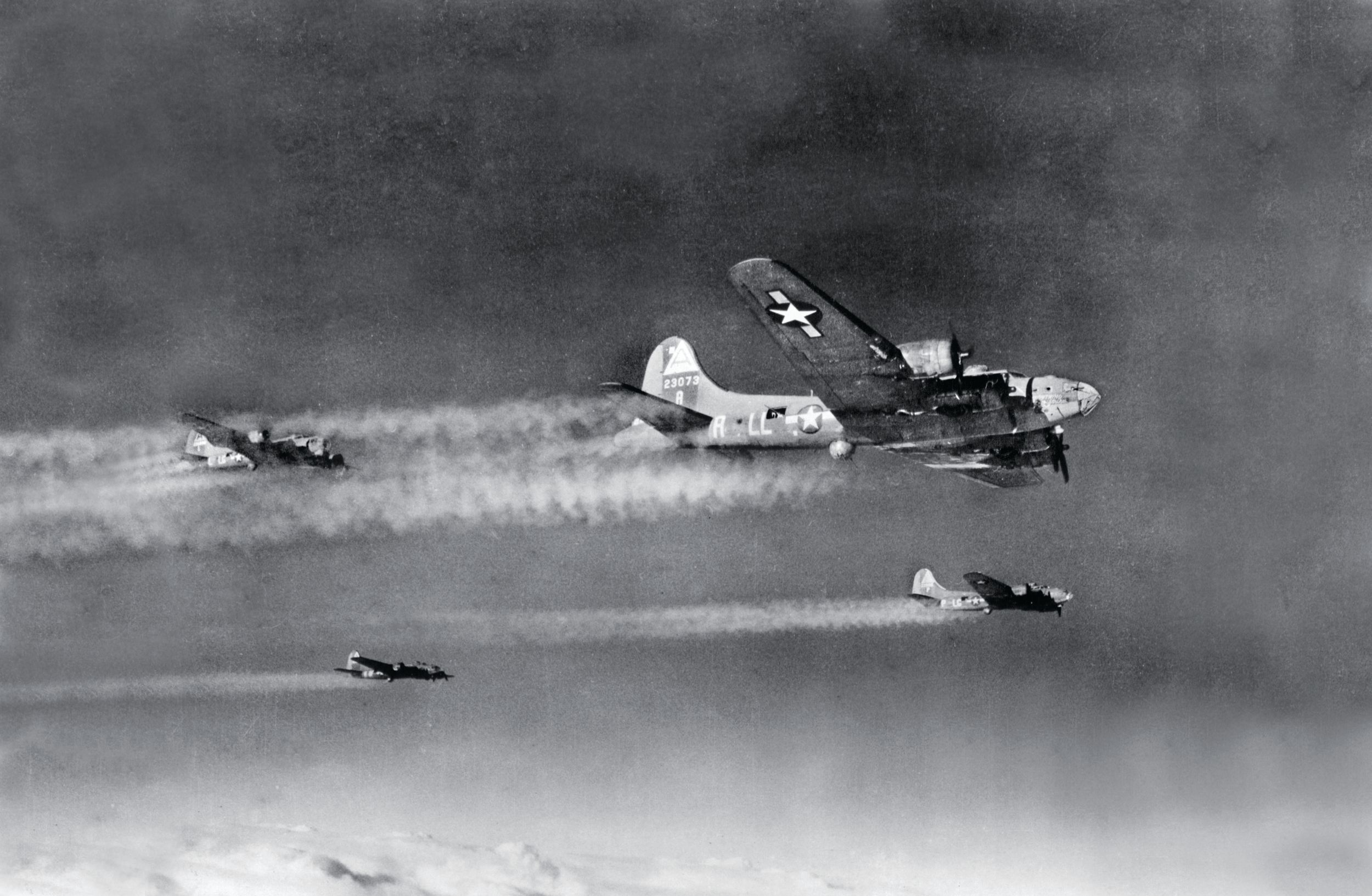
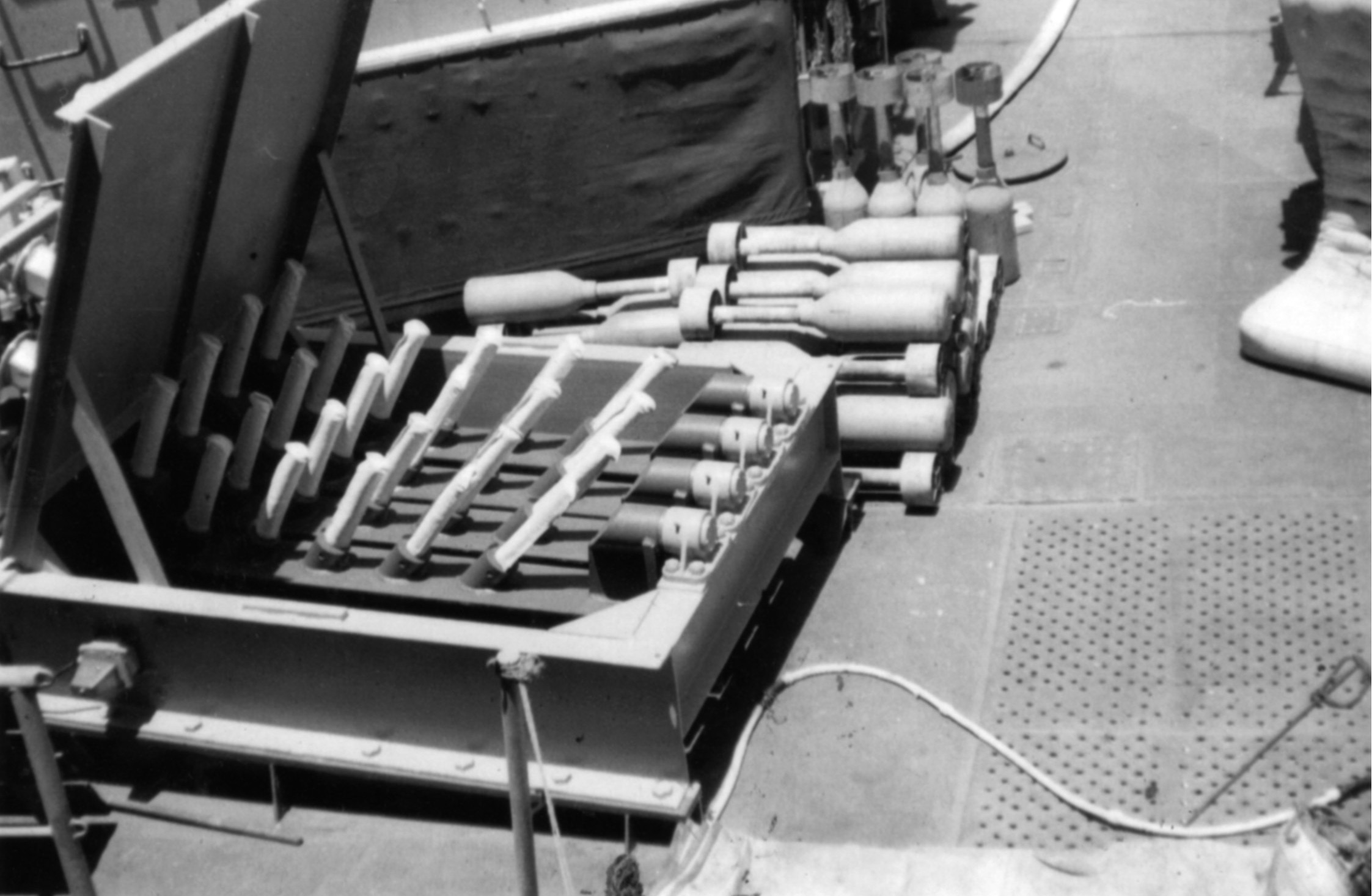
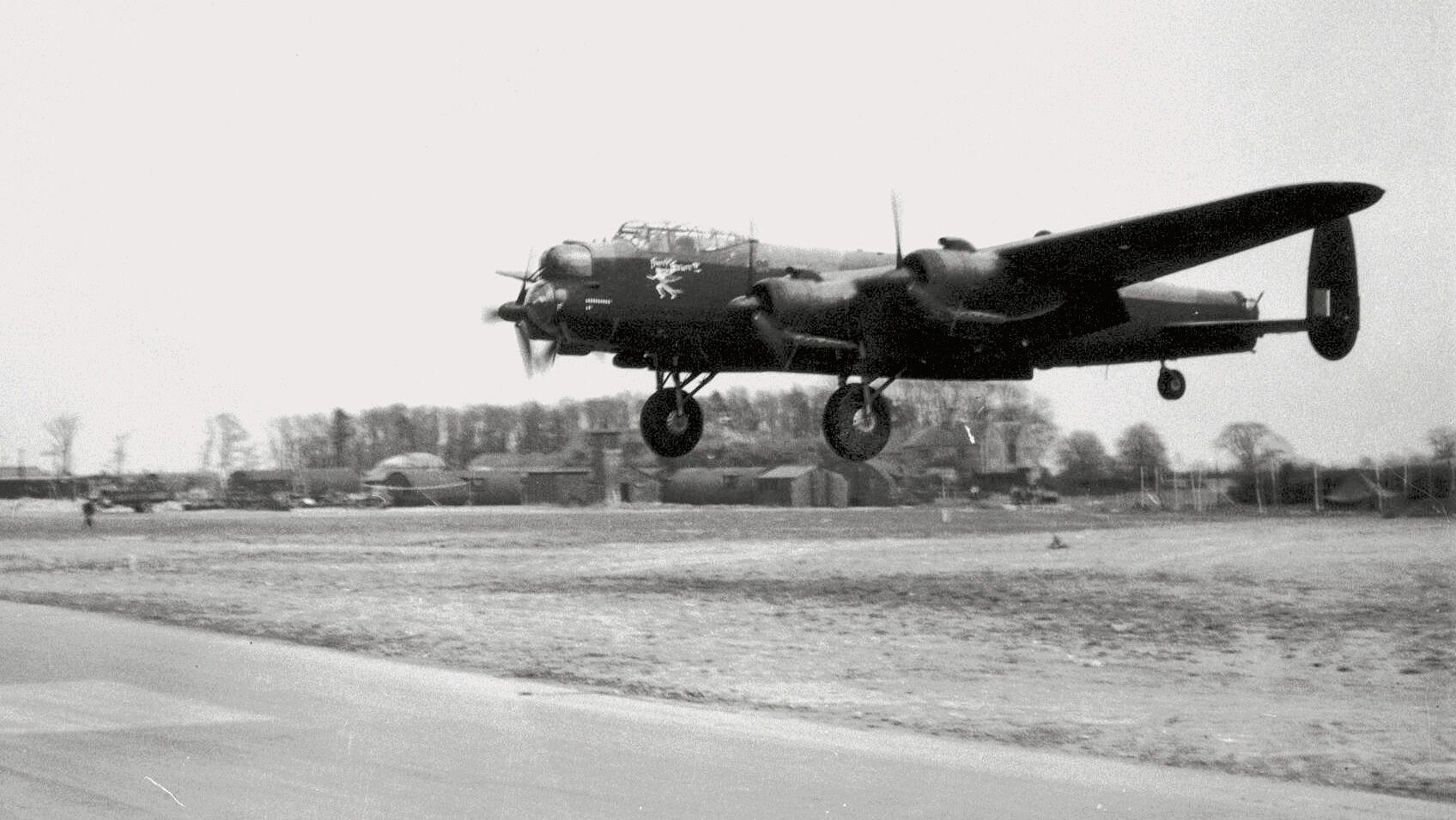
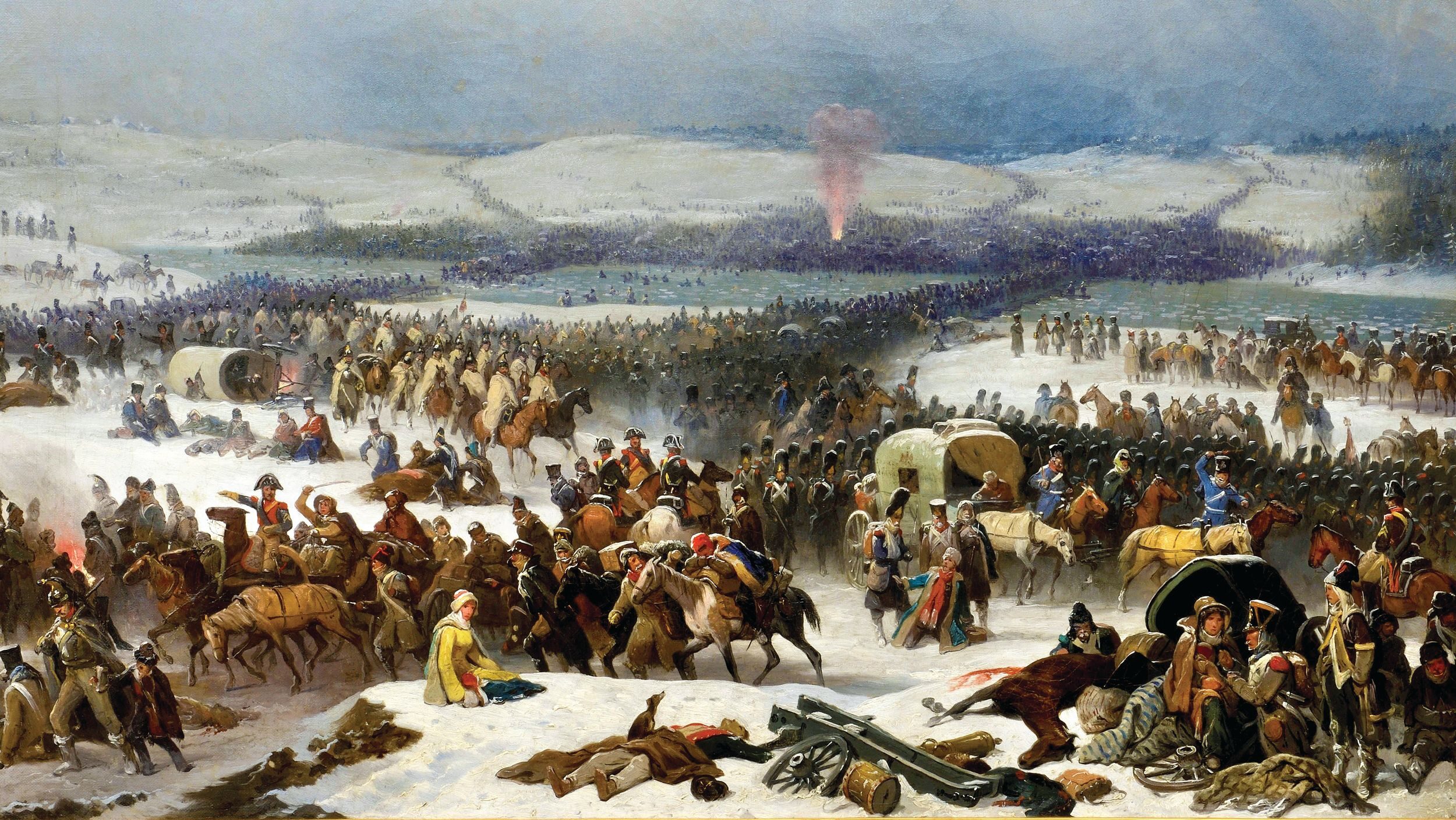
Join The Conversation
Comments
View All Comments